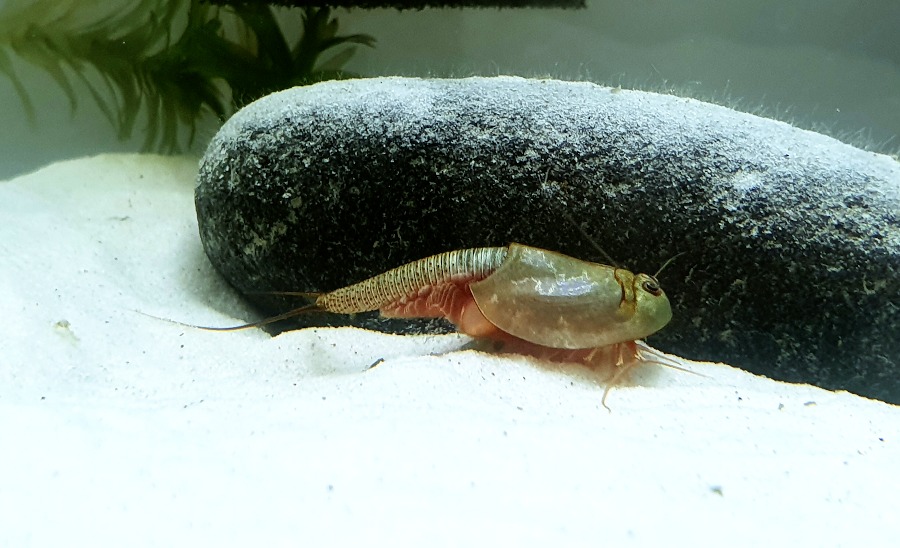Guide
The correct water temperature in the Triops aquarium
About 220 million years ago, dinosaurs populated our planet and ruled over ecosystems. The age of the dinosaurs ended with the mass extinction at the Cretaceous-Palaeogene boundary. But Triops survived and are now the oldest known living species in the world. The extraordinary characteristics of Triops and their survival instinct make these prehistoric creatures ideal for breeding in their own small aquarium. Water temperature plays a crucial role in the successful breeding of Triops. These fascinating prehistoric crustaceans need a certain temperature to develop optimally and stay healthy. In the following blog post you will learn which water temperature is suitable for the Triops species you are currently breeding.

First you should run in the aquarium
It is important to properly break in the aquarium at the beginning of each breeding in order to establish a microbiological balance. Only after the run-in period does a natural environment develop for the aquarium’s inhabitants, such as primeval crustaceans and fish. When organic substances such as plants, fish or fish food are decomposed in the aquarium, ammonia and ammonium are released into the water as a by-product of metabolism. While ammonium is relatively harmless and is used by plants as fertiliser, ammonia is highly toxic. Bacteria are essential for a functioning decomposition process in the aquarium. The bacteria Nitrosomonas converts ammonia and ammonium into the toxic nitrite (NO2), while Nitrobacter converts the nitrite into the less dangerous nitrate. To ensure that the Triops do not die from a sudden increase in nitrite, it is advisable to start a new aquarium.
The right water temperature for different Triops species
Water quality and the right water temperature are crucial in Triops breeding. If the water temperature is not right, the little creatures either do not hatch or die when they are nauplii. In summer, it is usually possible to do without a heating rod. In winter, it is necessary to heat the tank additionally. The following table gives an overview of the recommended temperatures for the most common species:
| Triops Cancriformis | 20 – 24 °C |
| Triops Longicaudatus | 23 – 26 °C |
| Triops Longicaudatus Red | 23 – 26 °C |
| Triops Beni kabuto ebi Albino | 22 – 25 °C |
| Triops Granarius | 24 – 26 °C |
| Triops Newberryi | 27 – 31 °C |
| Triops Australiensis | 27 – 31 °C |
It is important to control and adjust the temperature according to the needs of the specific species to ensure optimal breeding conditions.